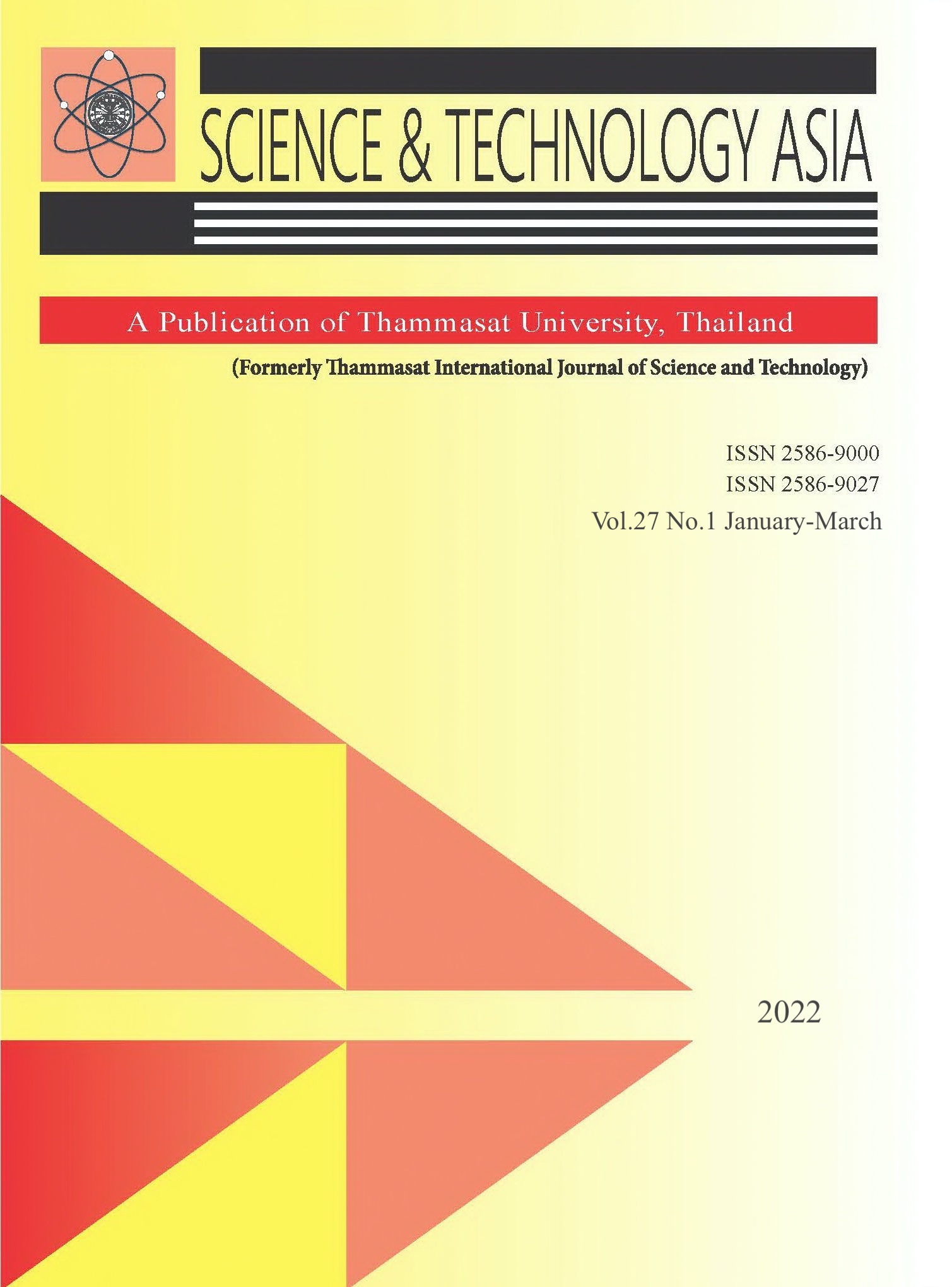Use of Alarm Symptoms to Discriminate Abdominal Pain Related to Organic GI Diseases from Functional Gastrointestinal Disorders
Main Article Content
Abstract
Recurrent abdominal pain (RAP) is one of the most commonly encountered problems in children and is usually attributable to functional gastrointestinal disorders (FGIDs) rather than organic disease. Although alarm symptoms help to discriminate organic disease from FGIDs, further investigation might still be helpful. The aim of this study was to determine the role of alarm symptoms in this discrimination, at Thammasat University Hospital between 2010 and 2016. The medical records of 71 patients with RAP were retrospectively reviewed. Clinical diagnoses of FGIDs were based on the Rome III criteria. Information was collected on demographic data, clinical characteristics (alarm symptoms), laboratory test results, esophagogastroduodenoscopy (EGD) results and radiography. Descriptive statistical analysis was performed. A total of 71 patients were included in the study. The patients’ mean age was 9 years (range: 2-15 years), and the majority was composed of females (61.43%). FGIDs (61.97%) were more common causes of RAP than organic GI diseases. The alarm symptoms of FGIDs and organic GI diseases were found in 27 percent and 100 percent of the patients, respectively. The most commonly encountered alarm symptoms in organic causes were nocturnal pain (51.85%), followed by weight loss (40.74%) and then GI blood loss (37%). The significant alarm symptoms for discriminating between FGIDs and organic GI diseases were nocturnal pain, weight loss, gastrointestinal blood loss and anemia (p < 0.05).
Article Details

This work is licensed under a Creative Commons Attribution-NonCommercial-NoDerivatives 4.0 International License.


